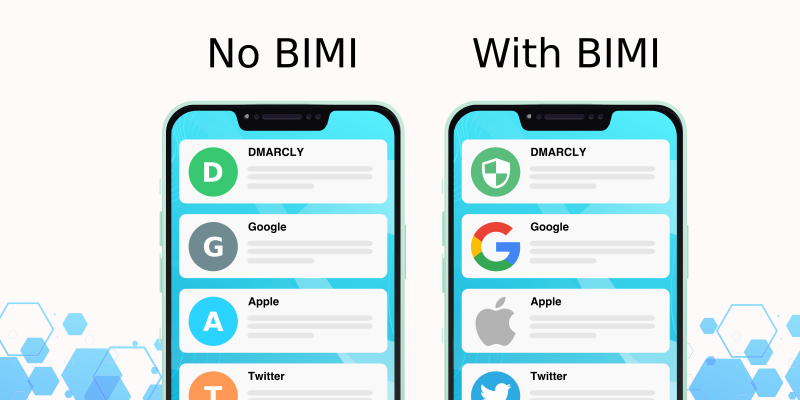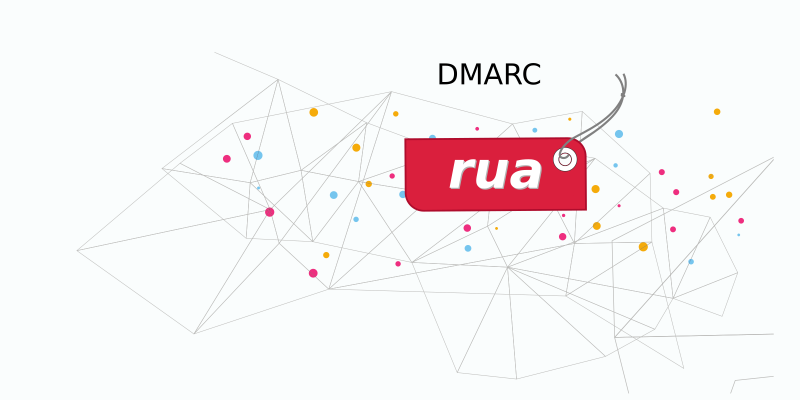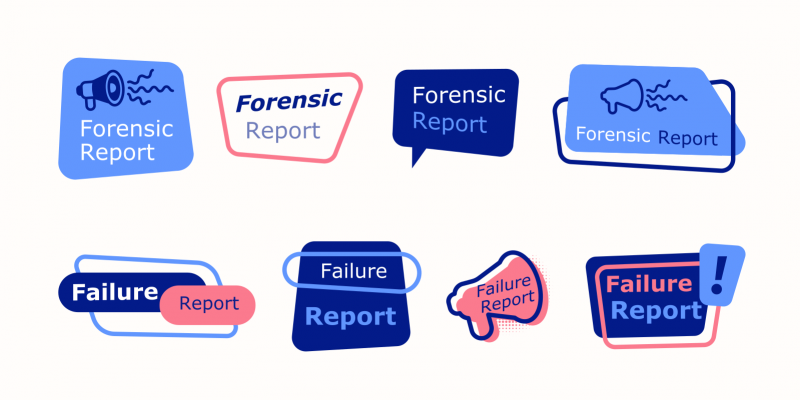
"SPF PermError: too many DNS lookups" is a common error seen in many SPF (Sender Policy Framework) implementations. When an often overlooked SPF 10-DNS-lookup limit is exceeded, an SPF PermError, aka SPF permanent error, is returned. SPF PermError's can affect your email deliverability…

This article explains what BIMI is, how to implement it to increase email credibility, boost engagement rate, and improve email deliverability and open rates.
What is BIMI?BIMI, short for Brand Indicator for Message Identification, allows domain owners to coordinate with email clients to displa…

DMARC, short for Domain-based Message Authentication, Reporting & Conformance, is an email authentication protocol to check if an email message really originates from where it claims to have, based on SPF and DKIM, another two email authentication protocols…

Email end users check the from field in their email clients to tell where an email comes from. However, SPF doesn't authenticate the field, neither does DKIM. This means "what you see might not be what's been authenticated". That's why the identifier alignment mechanism is introduced in DMARC…

What is rua in DMARC, and what role does it play in a typical DMARC implementation? In this post, I'll explain what rua is and how it works.
Before we dive right into that, let's take a look at these DMARC concepts: DMARC record and DMARC tag…

As DMARC forensic (failure) reports leak Personally Identifiable Information (PII), many mainstream ESP's don't send forensic reports nowadays. As a result, you won't see any forensic reports in the DMARCLY dashboard if no emails are sent to any ESP that supports DMARC forensic reports…
